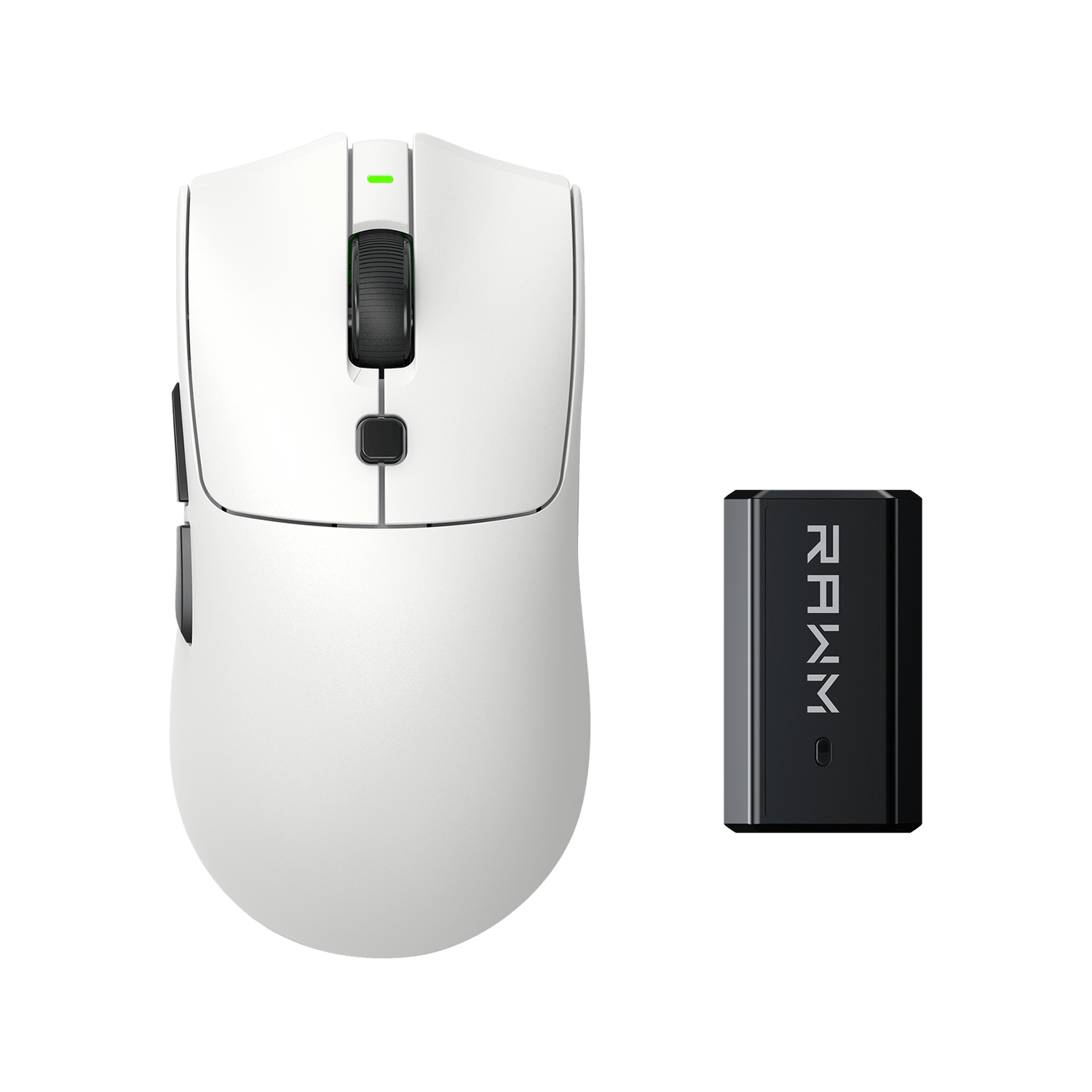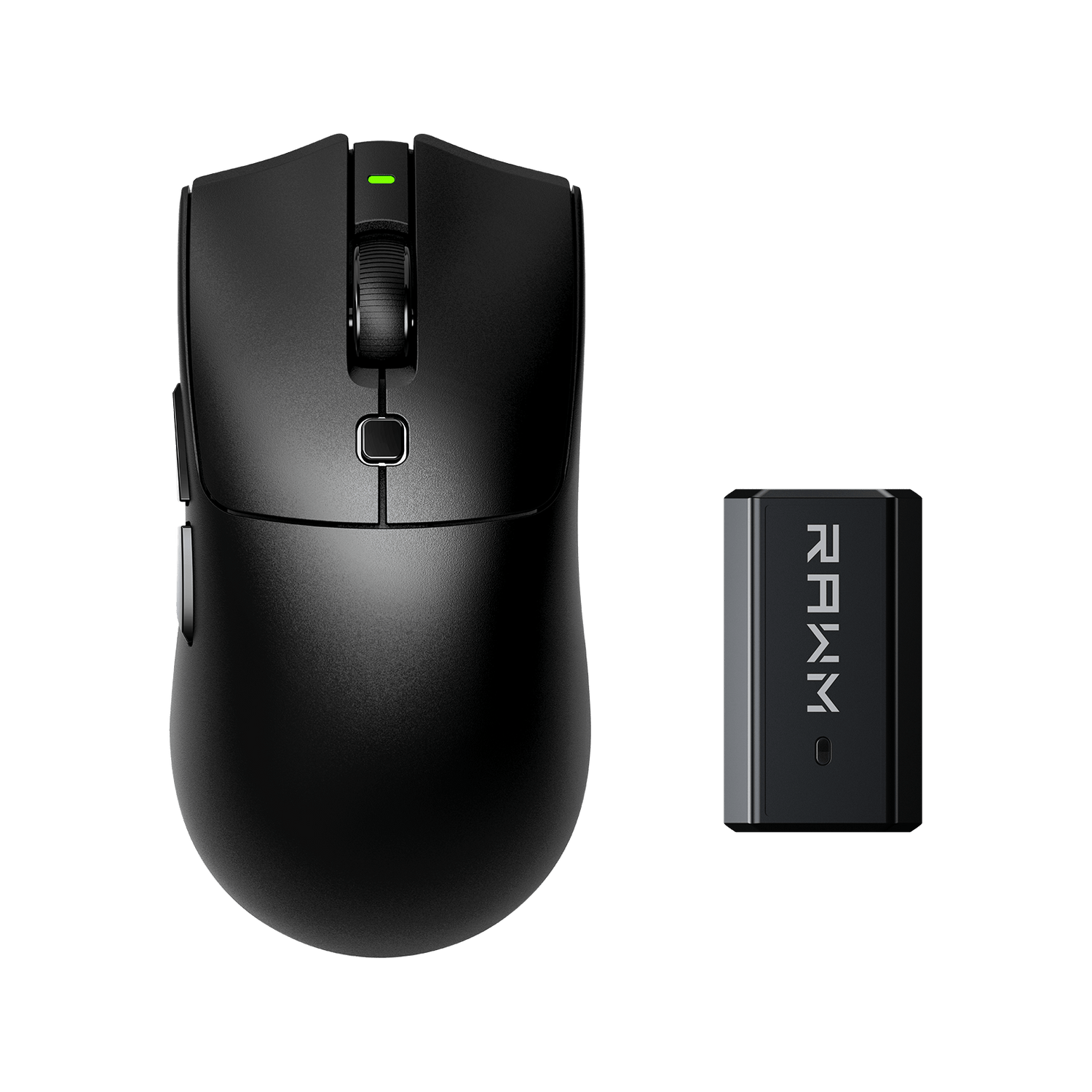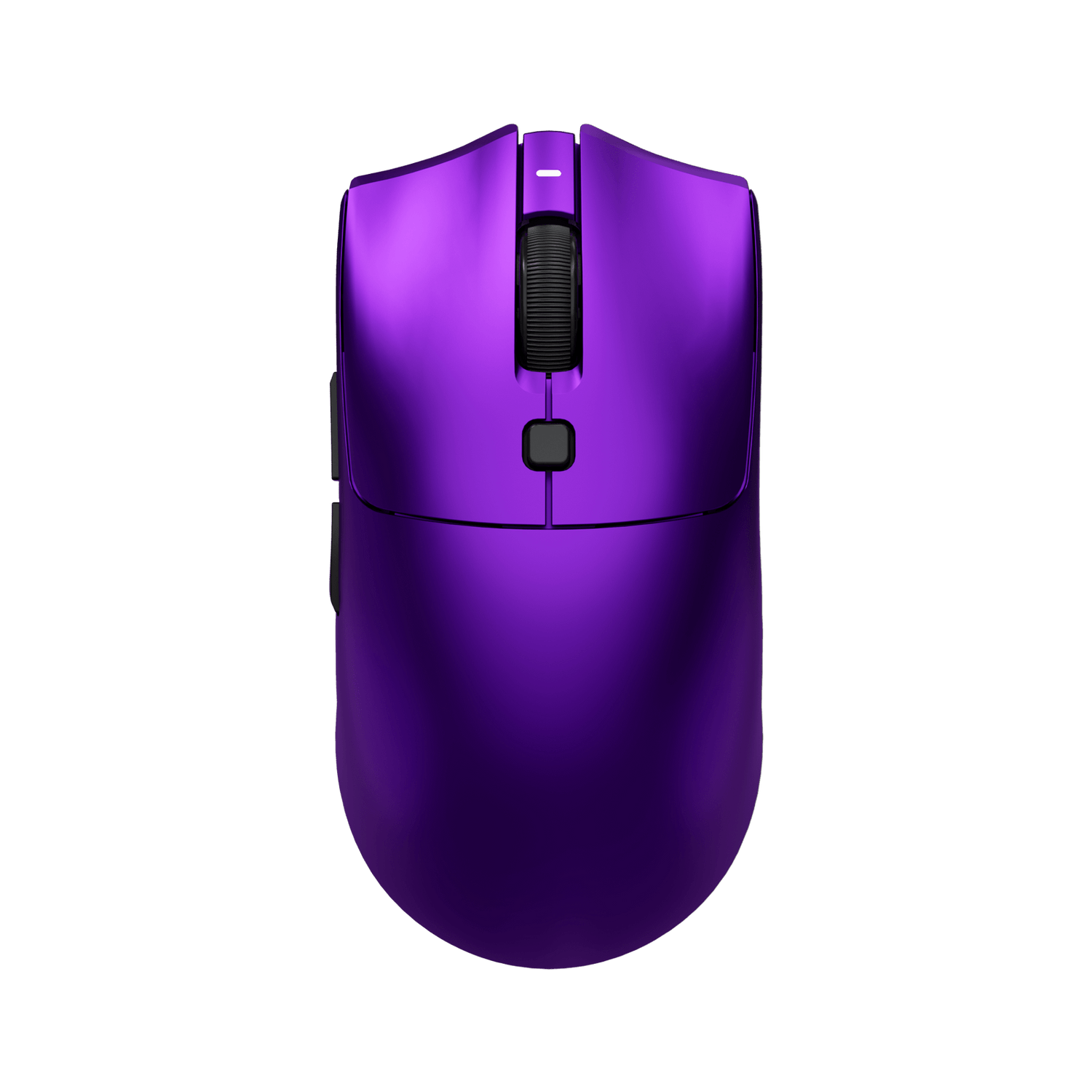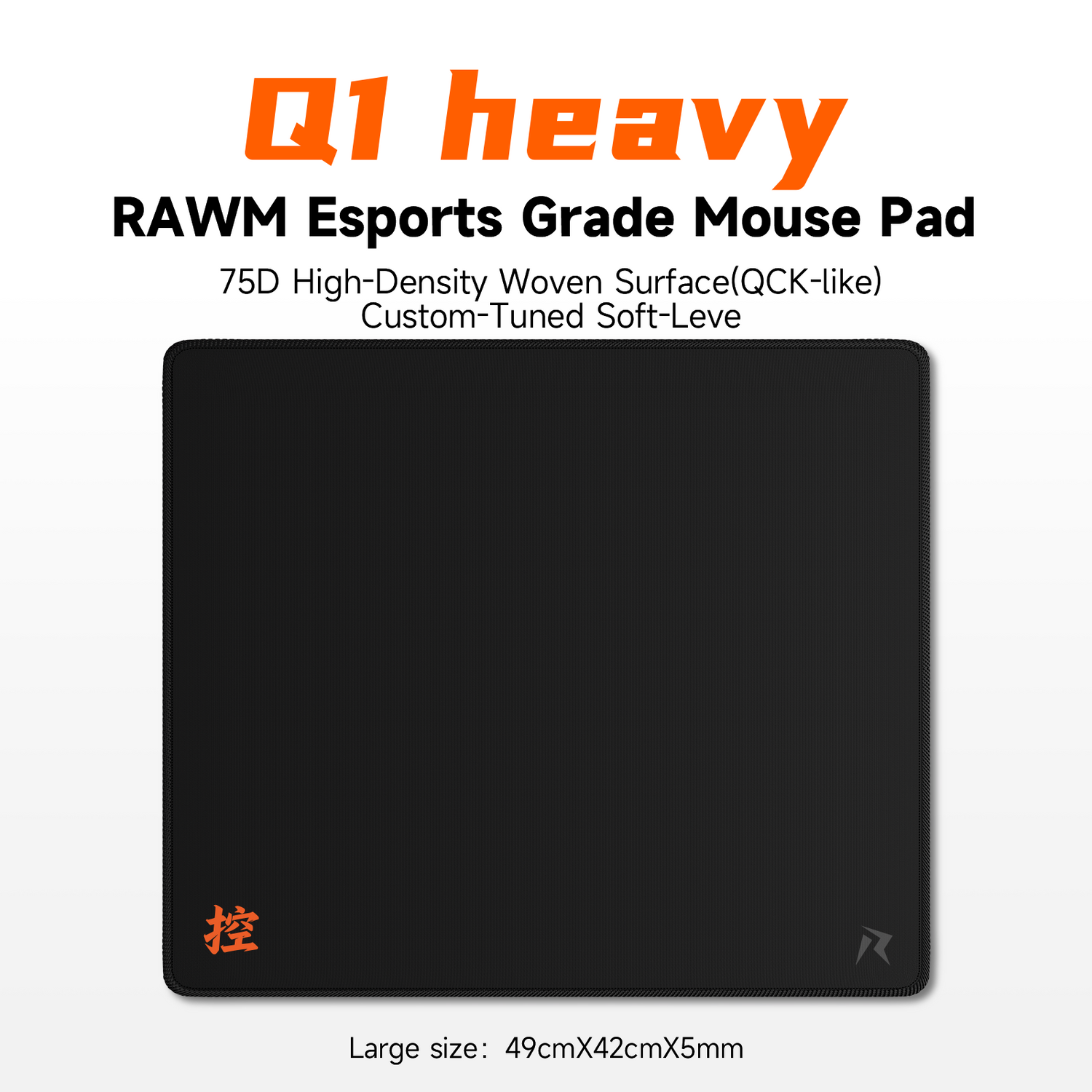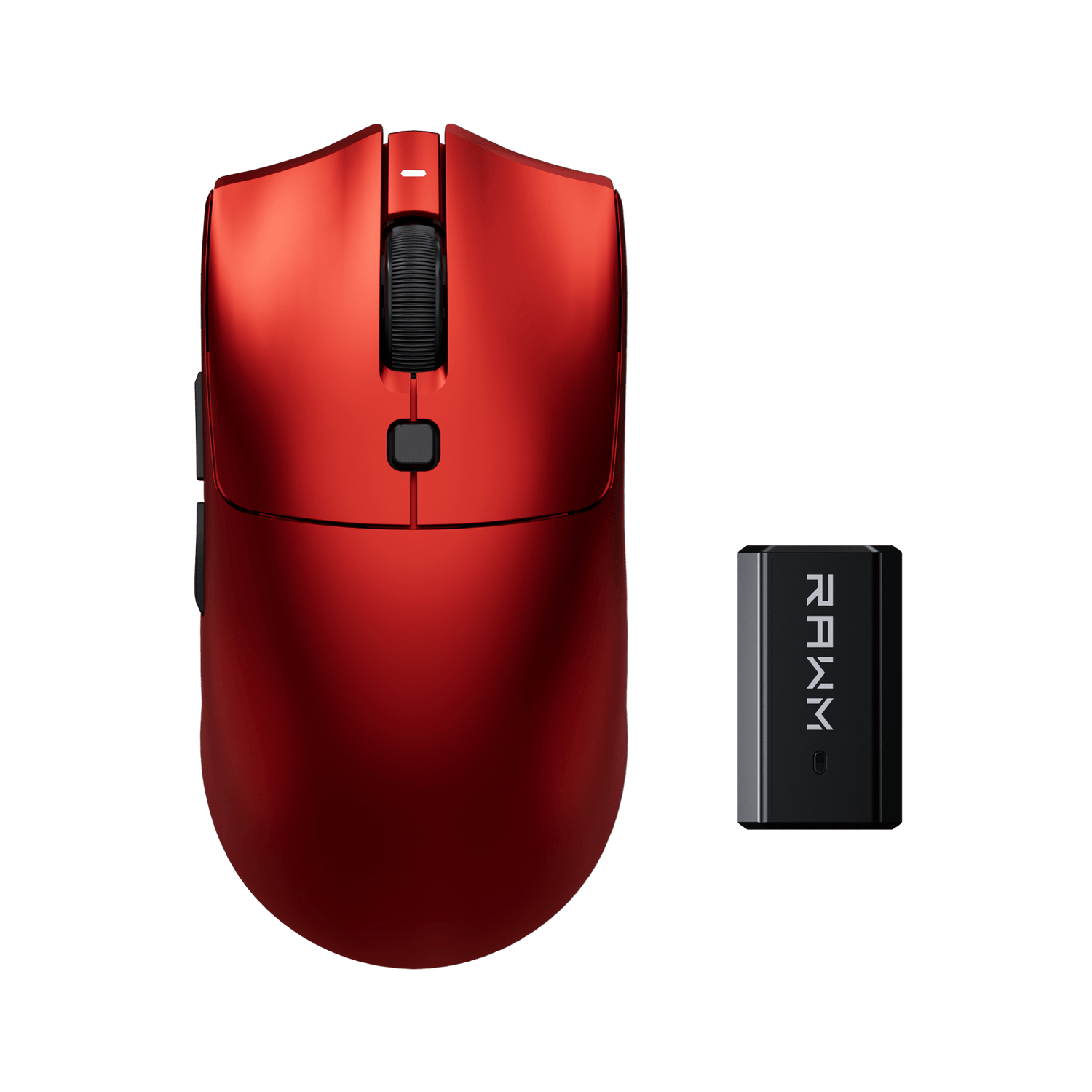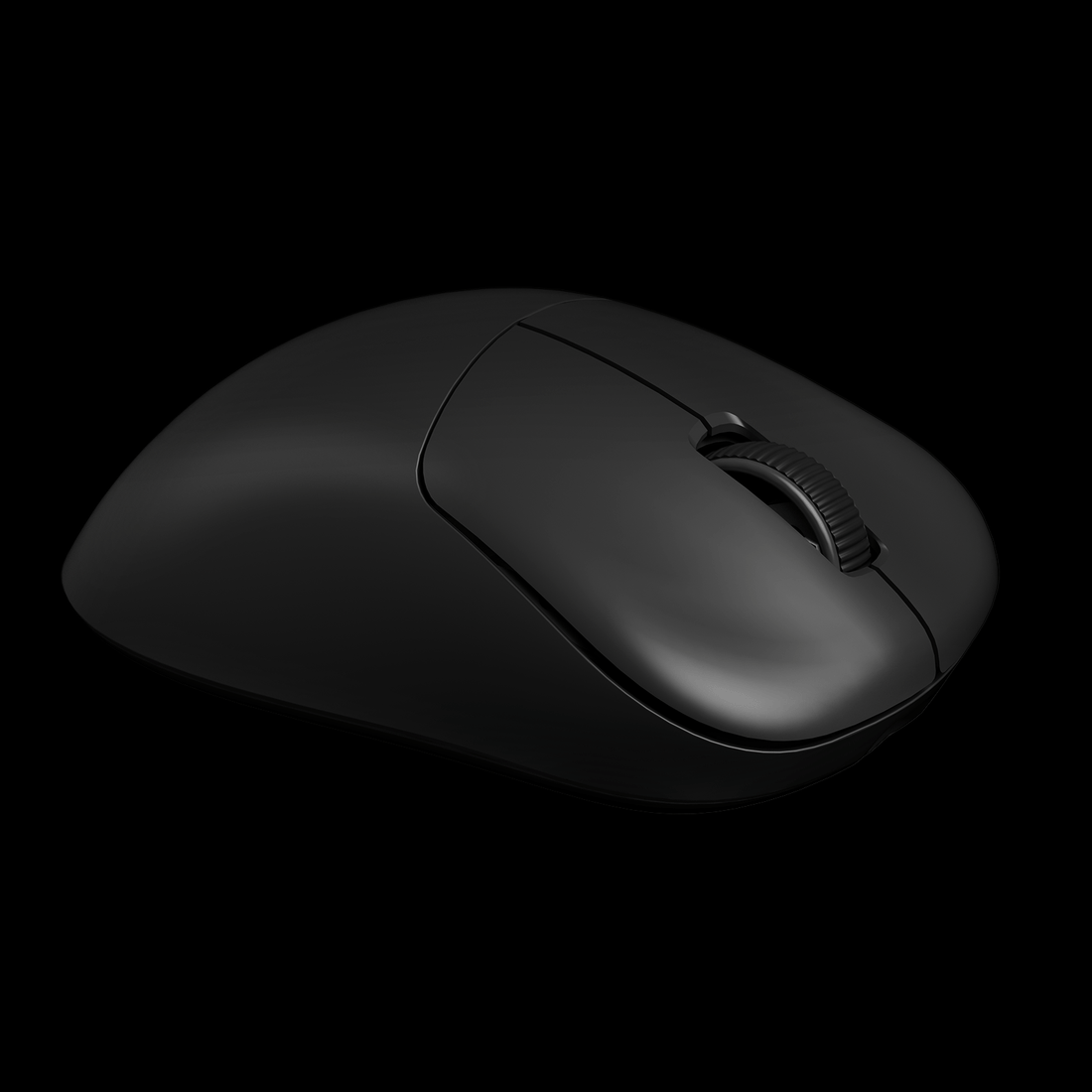
What is polling rate?
01 What Does Polling Rate Mean for a Mouse
02 How Polling Rate Impacts Gaming and Performance
03 Comparing Polling Rate vs DPI
04 What Does Polling Rate Mean for a Mouse in Different Scenarios
05 How to Check and Change Polling Rate on Your Mouse
06 Recommended Polling Rate Settings by Use Case
07 Pros and Cons of High Polling Rate Mice
If you're diving into the world of gaming peripherals, one of the most commonly discussed specifications you'll encounter is polling rate. It’s often listed alongside DPI, sensor type, and response time, but what exactly does it mean? More importantly, how does it impact your performance in real-world use cases? If you’ve been asking what does polling rate mean for a mouse, you’re in the right place.
We will answer the question: what does polling rate mean for a mouse, explain its significance in gaming and productivity, compare polling rates across devices, and help you determine the ideal settings for your specific needs.
Let’s break it all down and discover why polling rate should matter to you.
01 What Does Polling Rate Mean for a Mouse
The term polling rate refers to how often your mouse sends data to your computer. It’s measured in hertz (Hz), and the higher the polling rate, the more frequently your mouse communicates its position and clicks to your system.
For example:
-
A polling rate of 125Hz means the mouse reports its position every 8 milliseconds.
-
A polling rate of 1000Hz means it reports every 1 millisecond.
This means with a higher polling rate, there's less delay between your movement and the cursor response.
Long-tail keyword used: what does polling rate mean for a mouse
02 How Polling Rate Impacts Gaming and Performance
Understanding what does polling rate mean for a mouse becomes essential when gaming or performing precise digital tasks. Polling rate directly affects how responsive your mouse feels.
📈 Higher Polling Rate = Better Responsiveness
In fast-paced games like FPS titles (e.g., CS:GO, Valorant), a 1000Hz polling rate provides:
-
Faster reaction time
-
Smoother cursor movement
-
Improved accuracy when aiming
📉 Lower Polling Rate = Noticeable Lag
Lower polling rates (125Hz or 250Hz) may result in:
-
Input delay
-
Jerky cursor tracking
-
Reduced accuracy in competitive scenarios
| Polling Rate | Report Interval | Best For |
|---|---|---|
| 125Hz | 8ms | Office tasks, general use |
| 250Hz | 4ms | Casual gaming |
| 500Hz | 2ms | Competitive gaming (budget setups) |
| 1000Hz | 1ms | Esports, pro-level responsiveness |
03 Comparing Polling Rate vs DPI
People often confuse polling rate with DPI (Dots Per Inch), but they serve different functions.
| Feature | What It Does |
|---|---|
| Polling Rate | Determines how often your mouse sends updates to your PC |
| DPI | Measures mouse sensitivity and how far the cursor moves |
Why Both Matter:
To optimize your gaming setup, you should use both:
-
High DPI + High Polling Rate = Smooth, accurate, and ultra-responsive
-
Low DPI + High Polling Rate = Slow but extremely precise movement
-
High DPI + Low Polling Rate = Fast but jerky, with potential input lag
If you’re searching for the best setup, understanding what does polling rate mean for a mouse helps you avoid these mismatches.
04 What Does Polling Rate Mean for a Mouse in Different Scenarios
The importance of polling rate varies based on your activity.
🖥️ Office Productivity
-
125Hz to 250Hz is often sufficient
-
Prioritizes battery life and compatibility over performance
🎮 Gaming (Casual to Competitive)
-
500Hz or higher recommended
-
Enhances in-game reaction and movement precision
✍️ Graphic Design & 3D Modeling
-
High polling rate ensures smoother cursor transitions
-
Reduces lag when working on detailed visual tasks
🔋 Wireless Mice Considerations
-
Some wireless mice switch between polling rates automatically
-
Higher polling rate = faster battery drain
-
Choose models like Logitech G Pro X Superlight that balance both
05 How to Check and Change Polling Rate on Your Mouse
If you’ve ever asked what does polling rate mean for a mouse, you probably also want to know how to control it.
✔️ How to Check Your Current Polling Rate
-
Download a polling rate checker tool (e.g., Mouse Rate Checker).
-
Move your mouse in rapid circles while the tool measures its output.
-
See if your mouse is outputting 125Hz, 500Hz, or 1000Hz.
⚙️ How to Change Polling Rate
-
Hardware switch: Some mice have a physical toggle button.
-
Software utility: Use brand software (e.g., Razer Synapse, Logitech G HUB).
-
Driver update: Install the latest drivers to unlock polling rate adjustments.
Note: Not all mice support polling rate changes. Confirm this before purchasing if it's important for your setup.
06 Recommended Polling Rate Settings by Use Case
| Use Case | Suggested Polling Rate | Example Mice |
|---|---|---|
| Office work | 125Hz | Logitech M185, Microsoft Mobile Mouse |
| Casual gaming | 250Hz–500Hz | Redragon M602, Corsair Harpoon |
| Esports gaming | 1000Hz | Logitech G Pro X, Razer Viper Ultimate |
| Design & content creation | 500Hz–1000Hz | Logitech MX Master 3S, Razer Basilisk |
07 Pros and Cons of High Polling Rate Mice
Let’s weigh the advantages and disadvantages of using mice with a high polling rate.
✅ Pros
-
Minimal input lag
-
Better tracking performance
-
Enhanced aim precision (great for FPS)
❌ Cons
-
Increased power consumption (especially wireless)
-
Slightly higher CPU load
-
Higher cost in most cases
Pro Tip:
For most users, 500Hz–1000Hz strikes a balance between power efficiency and peak performance.
Final Thoughts on What Does Polling Rate Mean for a Mouse
So, what does polling rate mean for a mouse, and why should you care?
In simple terms, polling rate affects how fast your mouse updates your computer about its position. Whether you're gaming, designing, or multitasking at the office, this small technical spec can make a noticeable difference in performance and user experience.
To recap:
-
Polling rate is measured in Hz and impacts responsiveness.
-
1000Hz is best for gamers and creatives, while 125Hz–250Hz works fine for office work.
-
Polling rate ≠ DPI, but they complement each other.
-
Knowing what does polling rate mean for a mouse empowers you to choose the right tool for your workflow.
What polling rate does your current mouse use?
Have you ever experienced lag or cursor stutter? Would you upgrade to a higher polling rate mouse if it improved your performance?
Let us know in the comments below!
>>See also Why Investing in a Gaming Mouse Makes Sense >>>>>




